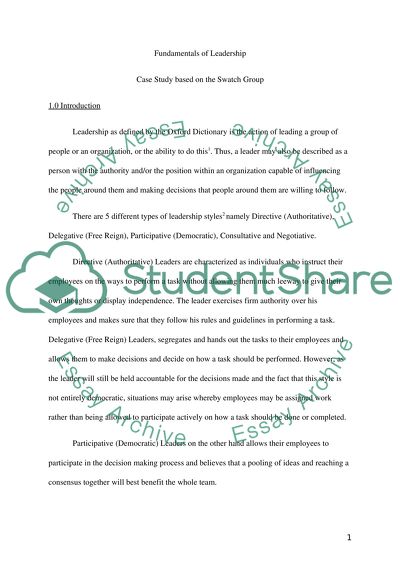Cite this document
(“Defining Leadership and Providing a Brief Overview of Leadership Essay”, n.d.)
Retrieved from https://studentshare.org/environmental-studies/1420754-case-study
Retrieved from https://studentshare.org/environmental-studies/1420754-case-study
(Defining Leadership and Providing a Brief Overview of Leadership Essay)
https://studentshare.org/environmental-studies/1420754-case-study.
https://studentshare.org/environmental-studies/1420754-case-study.
“Defining Leadership and Providing a Brief Overview of Leadership Essay”, n.d. https://studentshare.org/environmental-studies/1420754-case-study.


